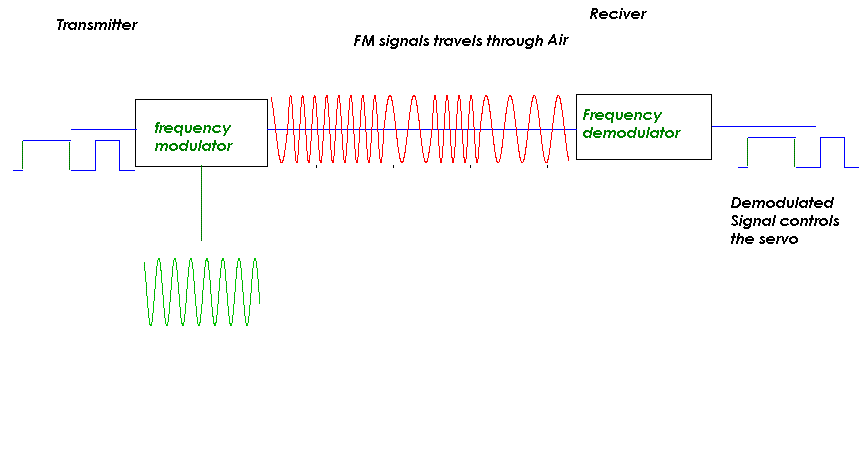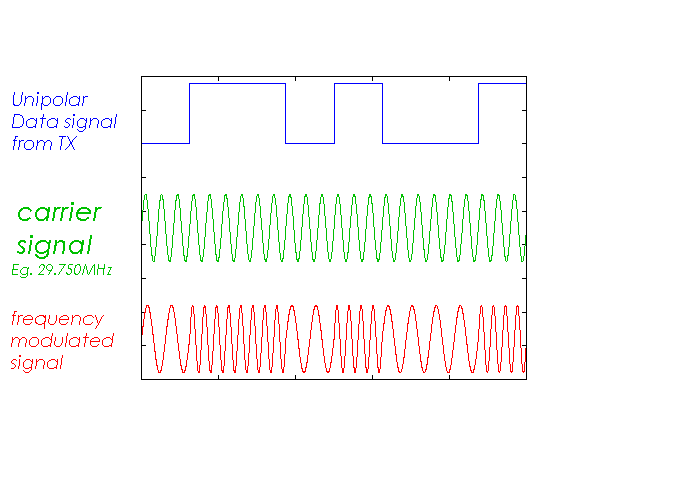Hi,
In your opinion, what is the max thrust that can be achieved on a 65mm EDF? What is the brand of fan, motor and prop that will achieve that?
How many max amps will this setup drain?
Also, does anyone know what range of control signal that the ESC takes in to control 0-100% speed? I measured from a Futaba receiver and the signal output is 0.358V (0%) to 0.171V (full throttle).
It is interesting the voltage range is so small - only 0.187V for 0~100% - , and that it works in reverse, i.e.: lower voltage represents full throttle. Did i get it right? I measured both channel 2 and 3 and they show similar result.
Is the ESC flexible to take other voltage ranges for control signal other than from the receiver?
The reason I ask is because I want to hook the ESC up to another signal not from the receiver...
Any help appreciated. Thanks.
In your opinion, what is the max thrust that can be achieved on a 65mm EDF? What is the brand of fan, motor and prop that will achieve that?
How many max amps will this setup drain?
Also, does anyone know what range of control signal that the ESC takes in to control 0-100% speed? I measured from a Futaba receiver and the signal output is 0.358V (0%) to 0.171V (full throttle).
It is interesting the voltage range is so small - only 0.187V for 0~100% - , and that it works in reverse, i.e.: lower voltage represents full throttle. Did i get it right? I measured both channel 2 and 3 and they show similar result.
Is the ESC flexible to take other voltage ranges for control signal other than from the receiver?
The reason I ask is because I want to hook the ESC up to another signal not from the receiver...
Any help appreciated. Thanks.




Comment